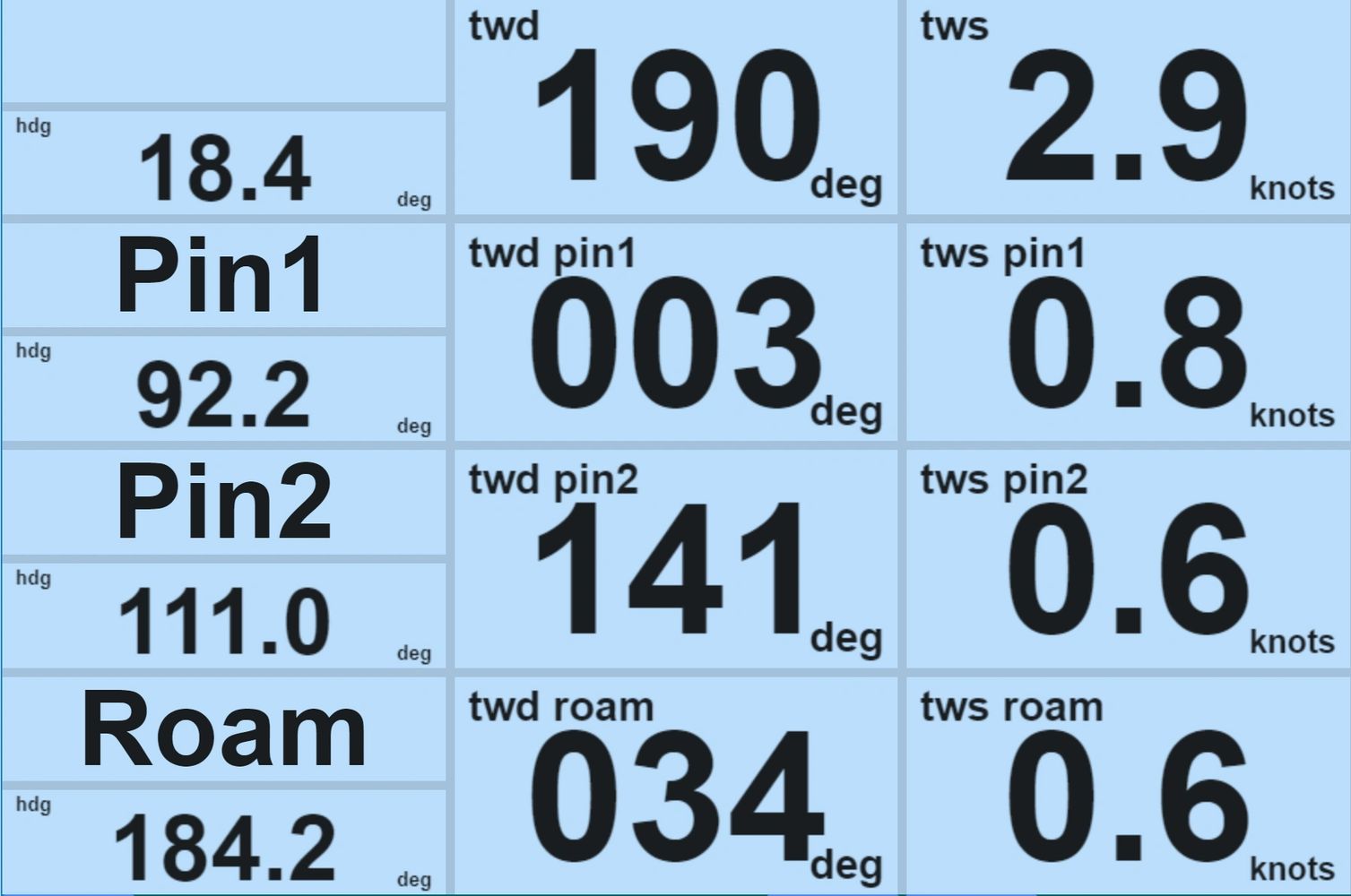-
-
Notifications
You must be signed in to change notification settings - Fork 160
Race Setup
A perennial problem for those who like to compete in sailboat racing is to create a course which fairly tests the individual competitors boat speed, boat handling, and tactical and strategic abilities. Those managing a race event are charged with setting a racecourse which does just that. The on-the-water setup of a race course can benefit from sharing data between vessels in an automated fashion. This requires some kind of networking between vessels that are outfitted with instrumentation that assists officials with determining instantaneous wind speed and direction as well as recent trends. Signalk enables the sharing of this kind of data.
This page is intended to help those who are interested in sharing sensor data between boats in order to setup and manage a better racecourse for competitors.
Prerequisites: -On each boat involved with race management, install signalk server and connect to existing instruments (if available). Most important is that existing instruments have the ability to detect apparent wind speed and direction and - using this data in combination with Speed Through Water sensor or GPS Speed Over Ground - to calculate the True Wind Speed and direction. True wind over the earth (Ground Wind or Threoretical Wind) or True wind relative to water (incorporating current set and drift) are known to sailors and race management folks.
-Provide offboard networking capability, either directly to the internet using wifi extenders or mobile hotspots on each boat, or create a closed network between the race management craft.
-Configure signalk server on each boat with signalk-cloud plugin.
-On the primary "signal" boat for the race, connect to the signalk-server instance (either internet or intranet) to which all race management craft are connected. WebApps are configured to detect and display AIS targets. In this instance, we used Kip to retrieve the heading, TWDg and TWS from the 'signal' vessel and 3 additional vessels (Pin1, Pin2, and Roam).
We enabled AIS targets on the tuktuk chartplotter app and were intermittently (per the update interval specified in the cloud plugin) to see the other vessels on the same network but the targets did not persistently display on the chartplotter.
